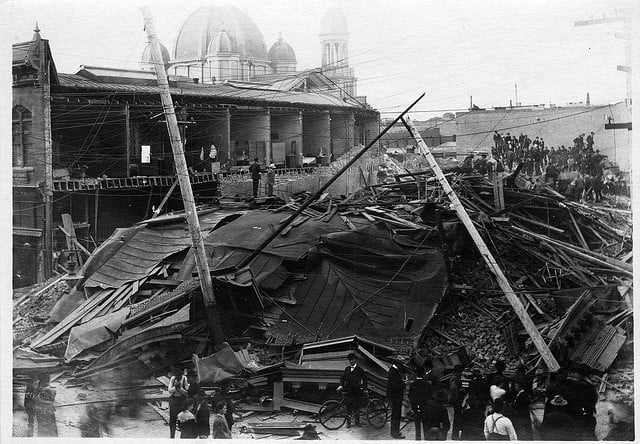Earthquakes are one of the world’s biggest enigmas – impossible to predict and able to wreak untold damage within seconds. Now, a new tool from Tel Aviv University may be able to learn from earthquakes of the ancient past to better predict earthquakes of the future.
Prof. Shmuel Marco of Tel Aviv University’s Department of Geophysics and Planetary Sciences in the Raymond and Beverly Sackler Faculty of Exact Sciences and his colleagues have invented a new tool which he describes as a “fossil seismograph,” to help geophysicists and other researchers understand patterns of seismic activity in the past.
Inspired by a strange “wave” phenomenon he studied in disturbed sediment in the Dead Sea region, Prof. Marco says the new tool, developed with input from geologists and physicists, is relevant to areas where earthquakes affect bodies of water, like the West Coast of the United States. It also can help engineers understand what’s at risk when they plan new hydroelectric power plants. The new research was published in the journal Geology.
A geophysical yardstick for centuries past
“Current seismographical data on earthquakes only reaches back a century or so,” says Prof. Marco. “Our new approach investigates wave patterns of heavy sediment that penetrates into the light sediments that lie directly on top of them. This helps us to understand the intensity of earthquakes in bygone eras – it’s a yardstick for measuring the impact factor of earthquakes from the past.”
Prof. Marco, his departmental colleague Prof. Eyal Hefetz, and doctoral student Nadav Wetzer took a highly technical look at layers of mud at the Dead Sea. The layers were originally stratified in a very stable manner, but now heavier sediment appears to have been pulled up into the lighter sediment.
…
To continue reading this story click here
Via http://www.terradaily.com/
Related posts

Resilient And Nutritious New Plant-Based Milk Aims To Make A Splash

Chocolate From Cultivated Cocoa Comes Without Environmental Toll

Plastic Fantastic: Startup Takes PVC Back To Its Crude Oil Roots




Facebook comments